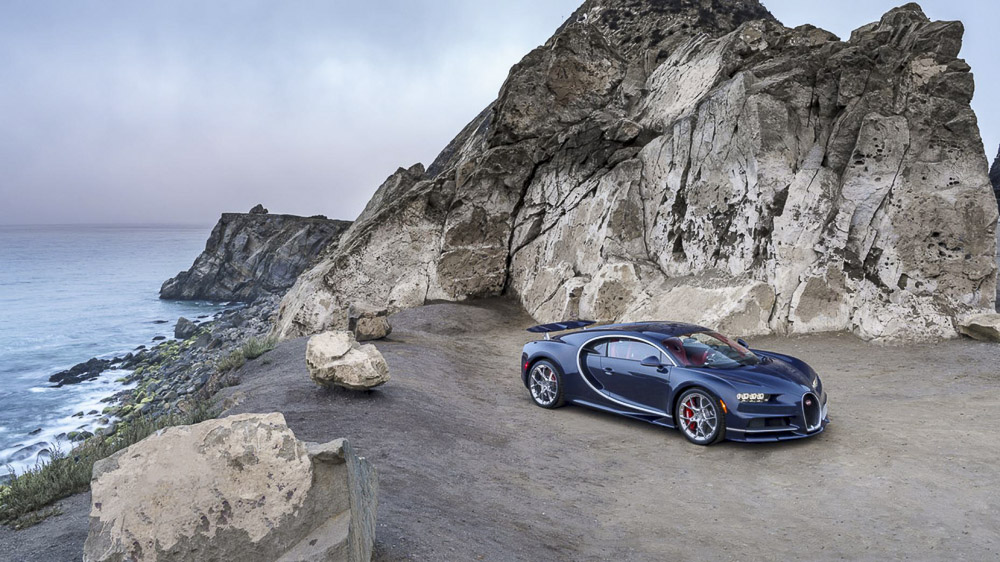
On episode four of TG TV s24, you may have spotted Chris Harris behind the wheel of the Bugatti Chiron.
And if, like us, you were awestruck by the vision of Mr Harris powersliding a 1479bhp hypercar, you’re probably replaying the vision in your head right now.
Although it really isn’t Top Trumps. As Harris said in his TG telly piece, the Chiron isn’t really a car that you compare to the current holy trinity of hybrid hypercars (the 918, P1 and LaFerrari) so this is more a celebration of numbers – usually the bizarrely large.
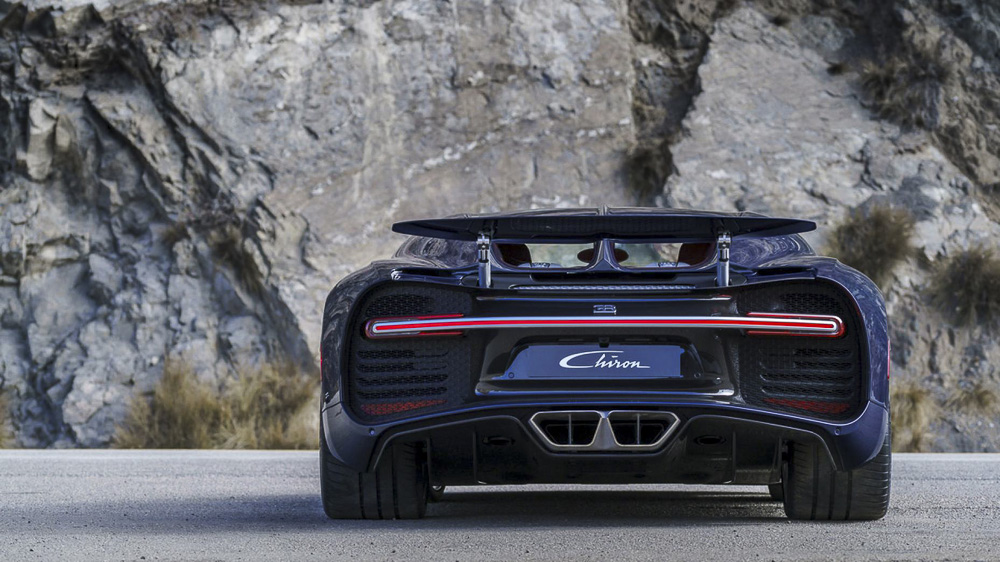
Power: 1,479bhp
Well of course we were going to start with power, weren’t we?
There are 1,500 metric horses on offer. However, metric horses are weaker than their imperial counterparts, which results in a not-very-round number of 1,479bhp.
And, if you wanted to quantify what 1,479bhp is (other than just saying, “Quite a bit”), you’ll need a practical example.
So, if the Chiron is VW’s most expensive car, the Skoda Citigo is one of its cheapest. As such, it’d take 25 Skoda Citigos to make the same sort of power that the Chiron does. To do so would cost you £215,875 – a snip compared to the Chiron. We’re just wondering how you’d lash them all together.
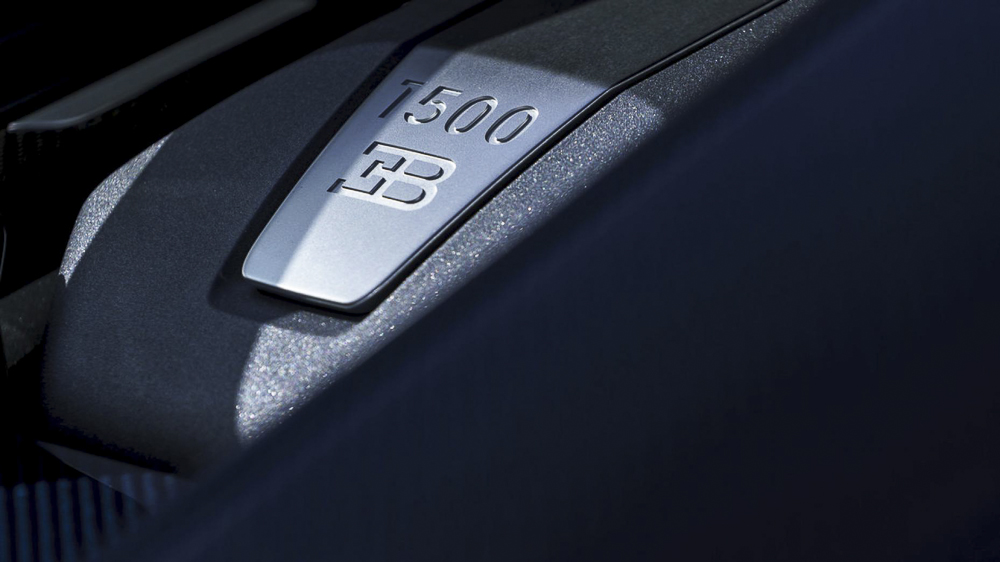
Torque: 1,600Nm
Torque is a right bugger to try and explain. Simply put, it is the amount of force enacted by the engine, best expressed in a ‘this much force applied by a lever this long’, which is why we say pound feet, or Newton metres.
So, let’s quantify 1,600Nm with a practical example. To turn the Chiron’s driveshaft with as much force as the W16’s engine, you’d need a 360m-long, entirely inflexible pole, with a pound of force at the end. It’s a poor example, really, because the weight of a pole that’s as long as three football pitches would have somewhat of an effect, you’ll agree.
So, let’s try another example. If you grabbed Ivan Drago, and got him to land the biggest punch he’d ever thrown at a paddle that’s one foot from the Chiron’s driveshaft, it would, for the briefest of moments, produce as much torque as the Chiron’s engine can do day in, day out, at anywhere from 2,000 to 6,000rpm.
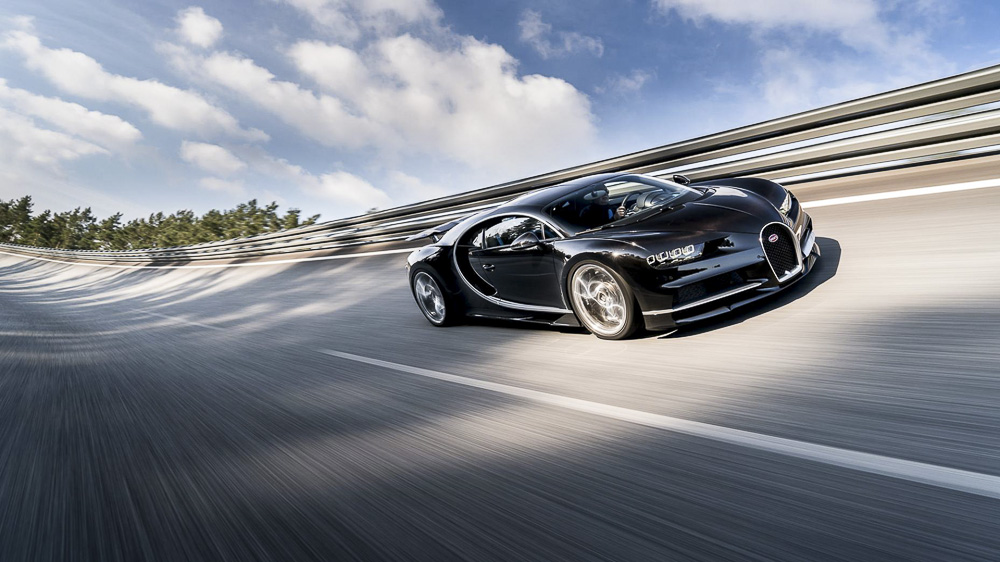
Maximum speed: 420kph (for now)
Bugatti says that the top speed of the Chiron is a bit of an unknown quotient for now, until they figure out just how much punishment the tyres can take.
As you might expect, 420kph is plenty fast. But it’s entirely possible that 443kph or even 451kph is on the cards, and, as Harris says, a future version of the Chiron might even crack 483kph. To go that fast, on the ground, in something with air conditioning and a stereo, is the very best kind of madness.
But, back to its official 420kph top speed. That’s 23 times faster than the Lunar Rover went during Apollo 17. Now you know.
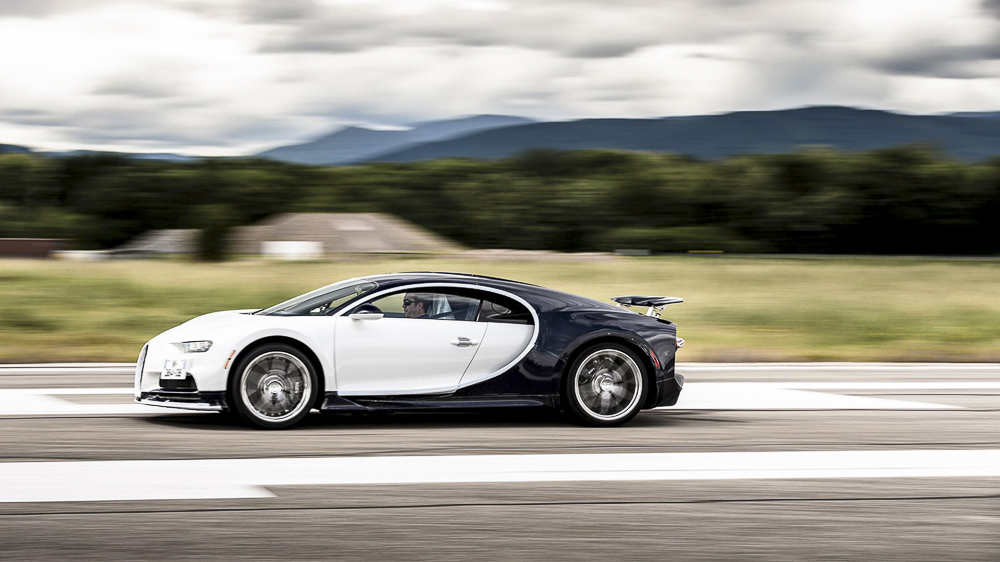
Acceleration: brisk
Let’s not quibble about 0-100 times when we’re talking about a car that can easily do four times that speed. Instead, we’ll use the proper hypercar metric: 0-124mph, or 200km/h in metric-ese.
The Chiron can dispatch the 0-200kph dash in 6.5 seconds, or about as long as it takes a Golf GTI to do 0-100kph.
In case you were curious, the Chiron will do zero to 300kph in 13.6 seconds – more than half a second faster than it takes a base model Seat Ibiza to do 0-100.
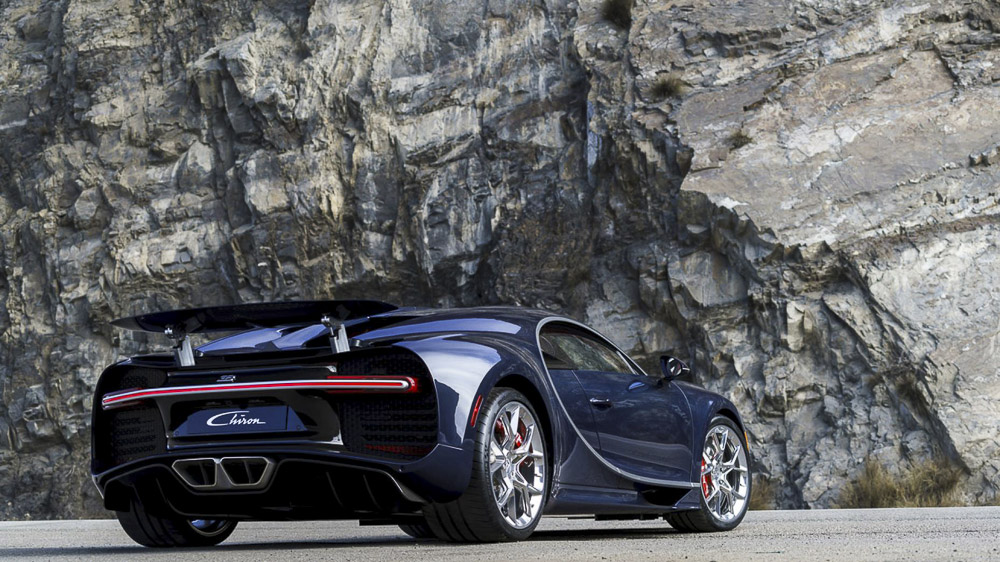
Price: €2.4m (before tax)
Now, that works out to around the £2m (RM11 million) mark, before tax. And that is not the sort of money the average person just wakes up to find in their account. It’s more than a Koenigsegg Regera, which could very well be every bit as brisk as a Chiron.
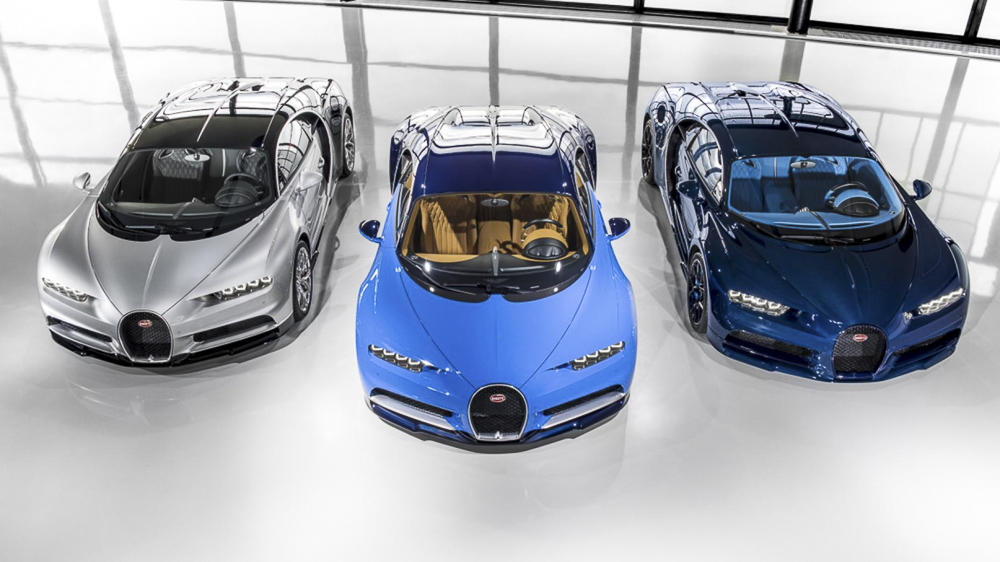
Rarity: 500
Yup, just 500 Chirons will be built. For reference, there are fewer than 2,500 Bengal tigers left in the wild.
And remember the endless specials and ‘one-offs’ that the Veyron had? The Chiron will likely get its own, but half of the 500 that Bugatti will ever make have already been sold. That’s a sale rate that the Veyron could only look at with envy.
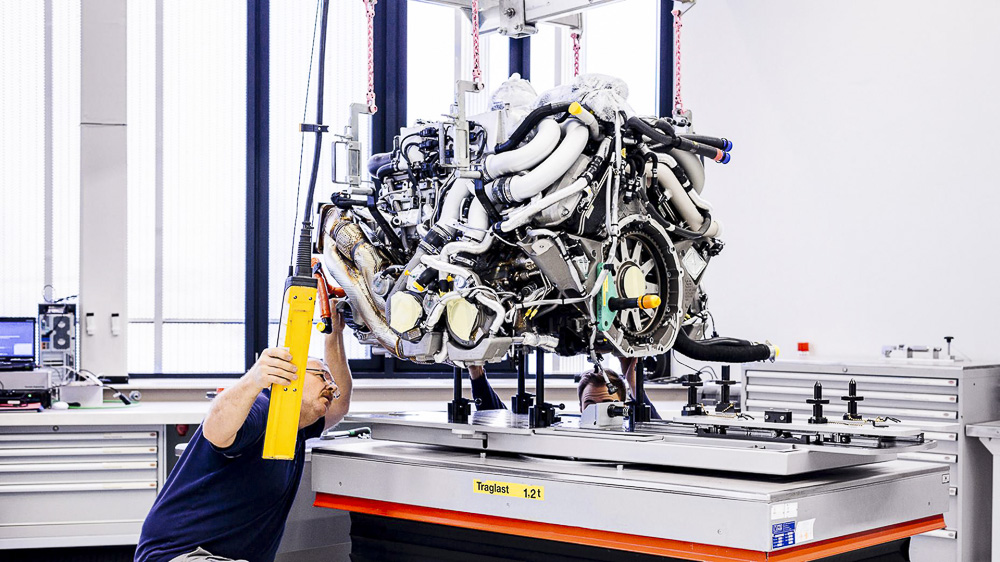
Engine: 8.0-litre W16
Four turbochargers. Eight litres. Sixteen cylinders. And 25 per cent more power than the Veyron. This you know.
What you may not know is that the Chiron has six catalytic converters, with a combined active area of more than 30 football pitches.
Or, how about the 32 fuel injectors – two per cylinder – that combine fuel with 60,000 litres of air a minute, emptying the 100-litre tank in six minutes and 49 seconds at wide-open throttle.
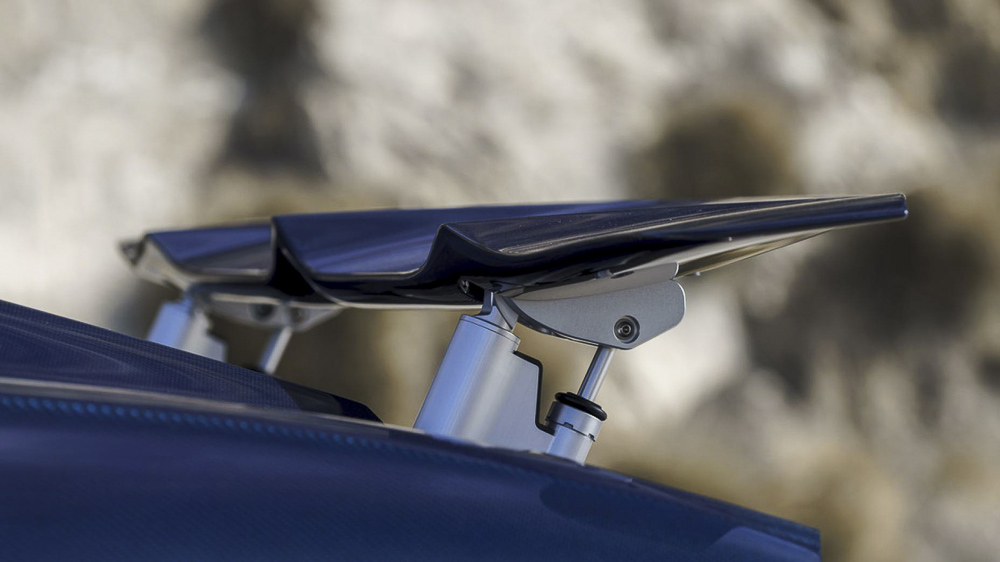
Body: wide
The Chiron’s drag coefficient changes according to which drive mode it’s in. Tool around in auto and it’s 0.38, which raises to 0.40 in handling mode and drops to 0.35 in top speed mode. When the airbrake deploys, the drag coefficient jumps to 0.59 – or about as bad as a 1998 Jeep Wrangler. That’s probably the only time you’ll see the two compared.
A drag coefficient of 0.35 doesn’t seem all that impressive by itself, but when you consider that the Chiron has a massive horseshoe grille, is more than two metres wide and 1.2 metres high, it starts to make more sense.
Something that grabs your eye immediately is the comparative stubbiness of the Chiron – at just 4.5 metres in length, it’s no longer than a Porsche 911.
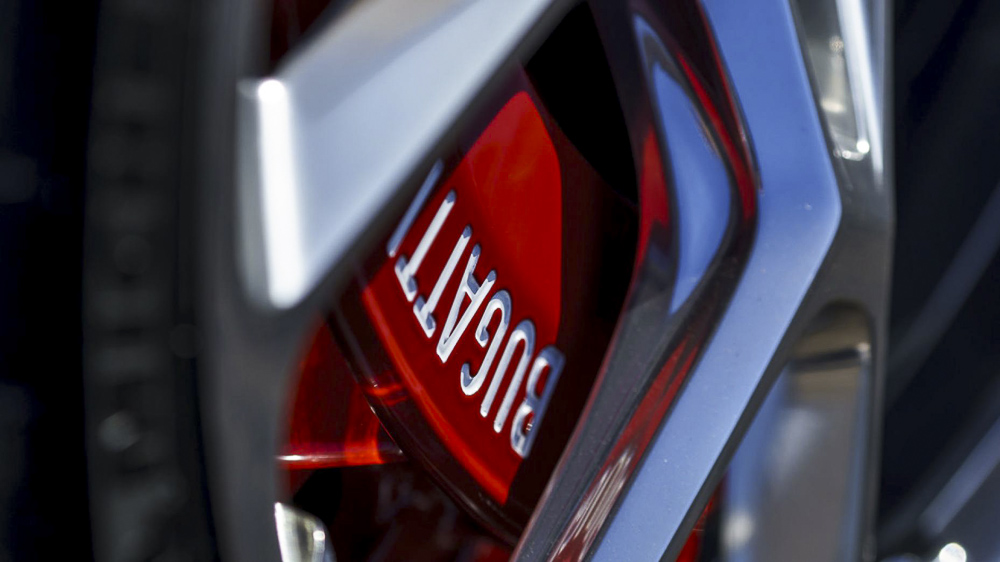
Brakes: large
Up the front, eight-piston calipers grab 420mm discs, while at the back, six-piston numbers grab 400mm discs. Along with the airbrake, the Chiron’s massive discs can bring two tonnes of car to a stop with unsurprising haste. From 300kph to a dead stop takes 275 metres. But they’re meaninglessly high numbers, so take our word for it when we say ‘that’s impressive’. Cool?
The 125m it takes to come to rest from 200kph is equally impressive, but still difficult to quantify. A better test of things is the 31.3m it takes to stop from 100kph – that’s more than four metres less than the UK Highway Code says it’ll take to stop from 64kph.
And let’s remember that the Chiron is a two-tonne car.
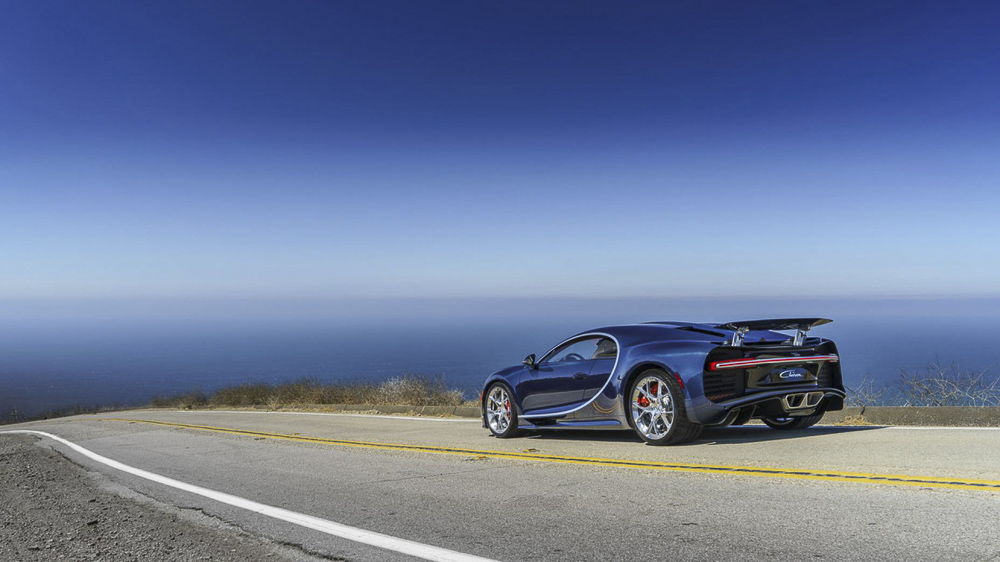
Luggage space: dismal
There’s no great way to say this. If you do want to go on a long drive in the Chiron, be ready to pack light. The luggage compartment is just 44 litres – or about the same as a carry-on bag.
